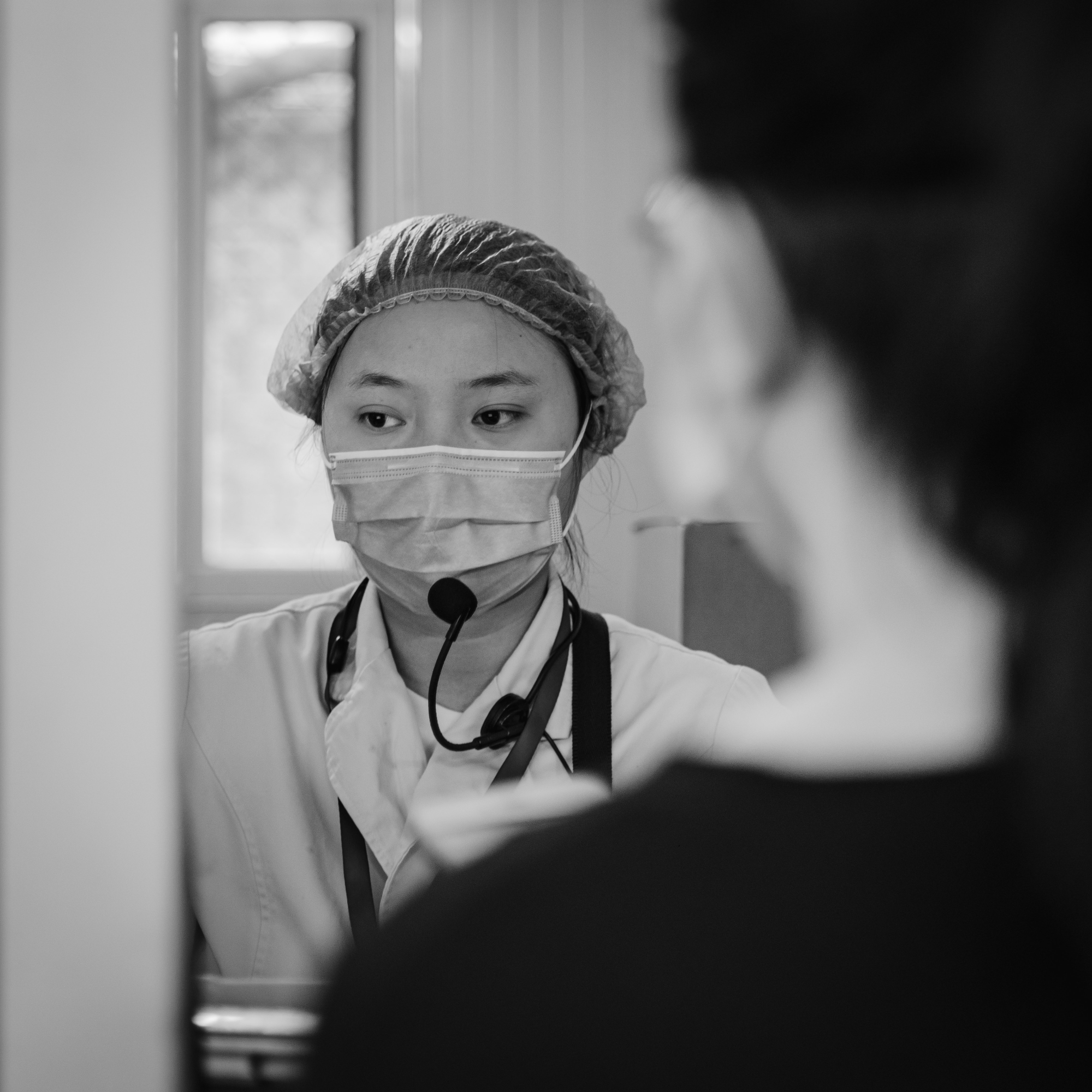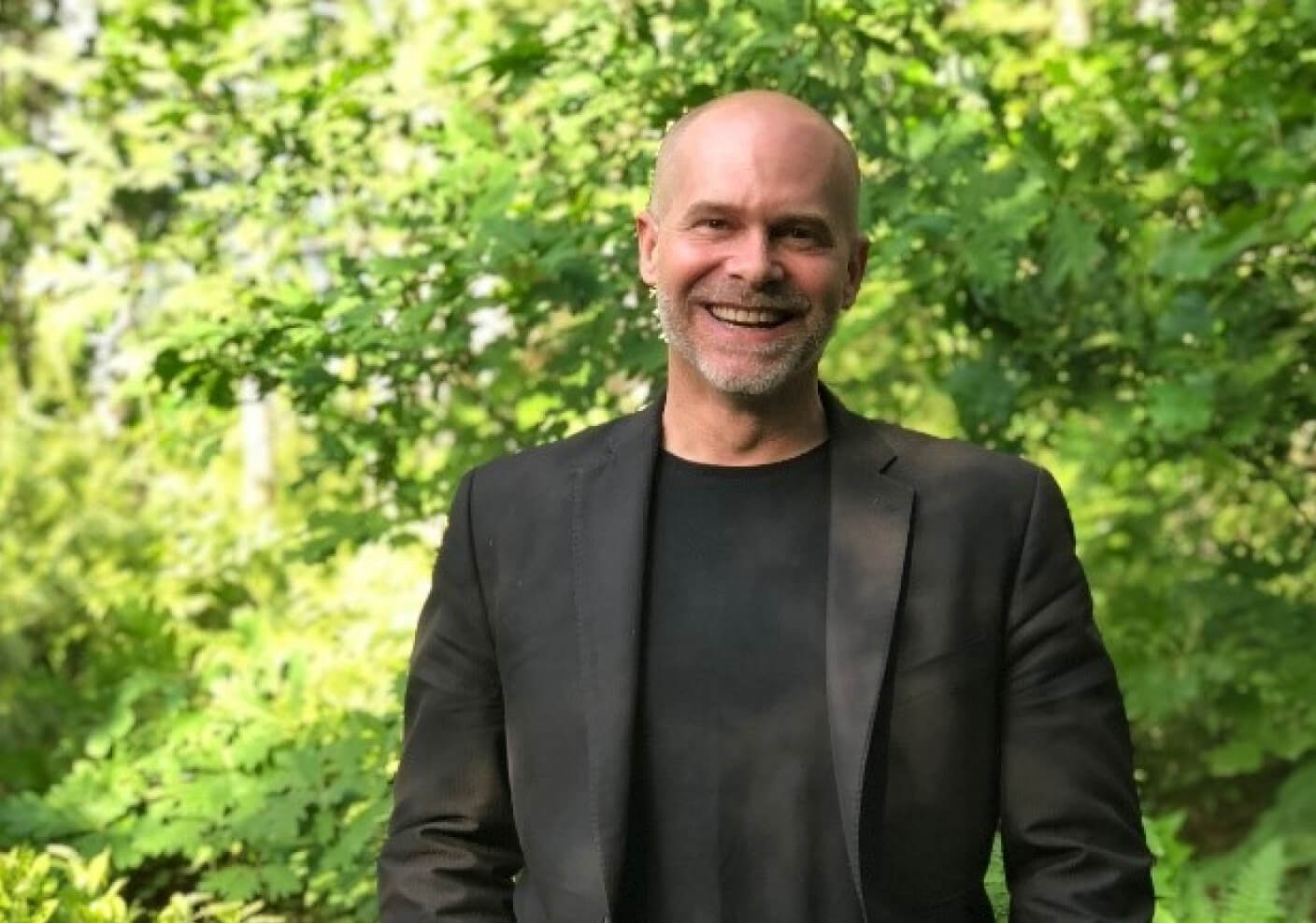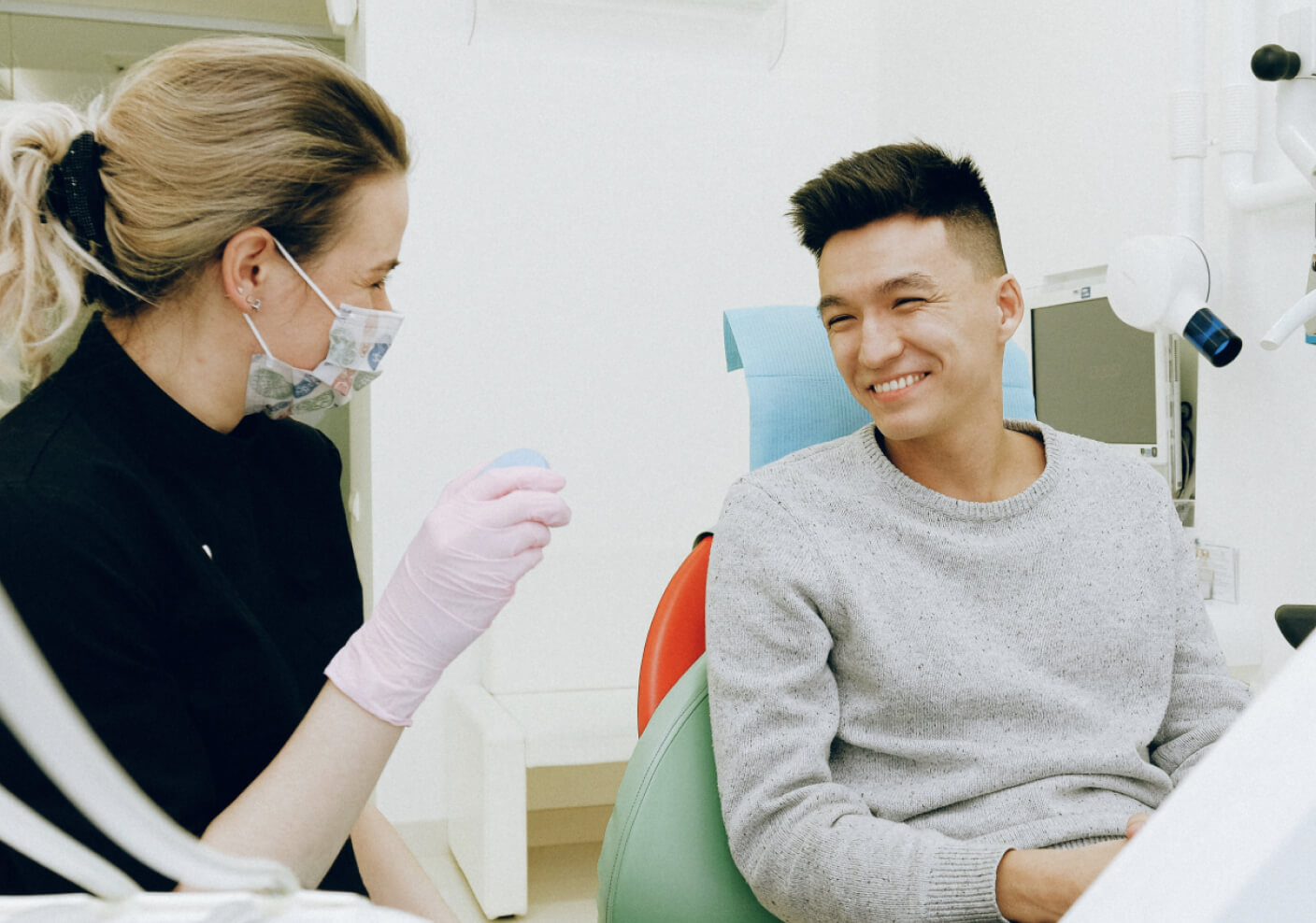We recently continued our Future of Healthcare Virtual Roundtable Series with “Simulations and Impacts on Mental Health Training,” a session featuring Amanda Darnley, an award-winning communications and strategy executive with more than 15 years of experience driving sustainable growth for a variety of non-profit, for-profit, and government organizations. She currently leads strategic initiatives for the American Association for Marriage and Family Therapy (AAMFT), a professional association representing more than 50,000 marriage and family therapists.
Below is an excerpt of Amanda presentation.
“One of the things when we started to look at mental health and where there could be a crossover with the use of simulation, we started looking at the ways that other industries were using simulation.
Of course, in the medical field where you have a lot of interaction with patients where you have internal or initial intake, you have ongoing communications, and then you have that exit or that closing procedure. All things that we also run into in the therapy room. We also have seen some of the early work that had been done where people were experimenting with simulation in our field, but nothing that had really been done on a broad scale.
We started to deep dive into the different ways that we thought that we could use it and how we thought that it would be applicable not only to our students in training but also to our therapists throughout their careers. Therapy is one of those fields where you are constantly learning. You’re constantly gaining new skills and new approaches. That learning cycle really starts from the minute that you enter into your program as a master’s student all the way until the day that you retire.
One of the things that we were most concerned about is, did we think that simulation training could prepare our trainees for the real-world experience better than what we had been doing? Our profession is not a new one. We have a lot of tried-and-true methods that we know that have been tested, that are used effectively with training therapists.
One of the things that we were most concerned about is, did we think that simulation training could prepare our trainees for the real-world experience better than what we had been doing?
We wanted to see if there was a distinct difference in the way that we could use simulation that would improve the experience or improve the outcomes for our learners. Some of the ways that AAMFT is typically trained historically and the challenges that we’ve had, the biggest one is in peer-to-peer role plays. They’re used very frequently in training programs.
The complaints we hear back from our training programs were that they weren’t genuine and they were very hard to evaluate and control. It was all based upon personal relationships that existed before you entered into the peer-to-peer role play. Obviously, I’m not going to go as hard on someone that I know personally if they’re struggling.
That’s not a realistic transition to what they may experience in the future with a client, particularly in a difficult situation. The next step-up that we found out that our folks were doing were employing actors to do real-life role plays. Certainly, I think it’s similar to simulation in the sense that you can design a specific scenario. You can ensure that you’re, as a professor or as a teacher, more in control of what your students are learning.
You’re eliminating some of that personal connection so that subconscious way of maybe making the situation a little easier or a little less of a learning experience. The challenge is cost. A lot of our programs are very small. The idea of employing an actor, even for a few days a semester, is outside of really what their budgets look like. The actor is still that actor, so they still have that physical appearance.
They still have any preconceived biases or notions that come along with that. You are still having a limitation on the way that you can employ that in a different scenario. The third step is with real clients and work in the field. In the training that we do with therapists, that is the last phase of their training. They go into clinical situations under supervision and work with real clients in the field.
The problem is that as soon as you shift into that, the focus of both the therapist and the supervisor and the professor all have to shift into being about that client. We take an oath that we’re not going to do any harm. You really have to focus over into that, so there’s less eyes on the training and education portion of it and many more eyes on ensuring that the client is getting what they need, that there is no harm being done, there is no risk being taken.
Unique Opportunities Provided by VR Training
When we looked at the spectrum, there was a space for simulation. We could see a way that we thought that it would address some of these challenges without creating additional ones for us. When we looked at mixed-reality simulation, it was important, especially when we started to talk with our different professors about it, and how they could integrate it into their programs, that they understood that it wasn’t artificial intelligence.
There’s a lot of misconception that they thought that it was just a really smart computer program talking back to them. It’s not as genuine for our people. What they’re looking for is that real human connection. That’s what we’re training them on to build. That’s what we’re training them on to connect.
It was really important that they understood that there was a human component to it because it did break down some of the resistance that we felt initially when people were saying, “We need real people. We can’t do this simulation thing.” Also, letting them know that it was a software program because I think there was a lot of hesitation when they thought we don’t have the technology funds to be able to buy a large hardware program.
The other method that really we had to highlight when we were trying to really move their minds in this direction was the idea of how customizable it was.
It's one of the highlights that I love most about using simulation. You can meet the student where they are.
The professor has the ability to be able to say, “Hey, for this student, they’re early in their career or they’re early in this model, so we need you to go a little easier on them.” For students that were much more advanced and really needing to get comfortable with the idea that a client may just meet you with silence, they may meet you with aggression. They may meet you with resistance. They had the ability to work with the simulation specialist to be able to up those aspects of the different scenarios.
This was the most personalized, customizable training experience that we could think of that, again, prevented us from stepping right into the client experience and really looking at what that was going to be like with a real client. The other thing that we ran into and we talked a lot about with our different programs is when they do take that step into that client experience, a lot of the clinics that are located with our university’s experience, they work with low-income clients. They make experience heightened levels of domestic abuse or sexual violence and trauma.
Those are scenarios that it’s very difficult to play those out in a role play and it’s very difficult to know that we’re going to walk in the door. Very often, our clients come in for other reasons such as they might be under a court-mandated counseling or they may be coming in for counseling because of a child and then, in that conversation, uncover instances of sexual trauma or domestic violence or things that are not maybe what initially showed up on the intake form.
It’s really important that our programs are able to do some basic level of training on things that they think that might emerge, again, as another added level of protection for the client, ensuring that this is a worthwhile and beneficial experience for them. Once we knew that the simulation had a role in what we could do with what our training looked like, the next step for us was, how could we design the environment in a way that ensure the best possible outcomes for the student and the learner?
Obviously, that’s our biggest focus. We are removing the harm or the potential harm or the potential to do risk with the client. Now, we’re putting them in an environment. We want them to take risks. We want them to push themselves because they’re in the safety of being under supervision with a professor without a real client that they can’t harm.
We spent a lot of time when we started to develop our program thinking about, what can we do that can help to make that experience as real as possible?
The way that we approached the development of all of our vignettes is using embedded learning events. They’re the goals of the training. They can vary it between where the class is. They can vary it between if it’s a first session, a second session, if it’s intended to be something like a substance abuse intake or a substance abuse treatment. Those are all going to change, but the script designers all look at the developing milestones that are going to build competencies as we go. They share that information with the facilitator who, in our case was sort of a tech professor.
They share it with the Simulation Specialist. Those milestones are not shared with the actual learners so that their experience is a very clean slate, but everyone else knows what goals are to be achieved. The Simulation Specialist works ahead of time with the facilitator professor to be able to understand the level that the client’s at or the level that the student is at, but also to be able to say, “Look, I really want this class to get comfortable with the idea that the client may be resistant to them, so I’d like you to be a little more difficult.”
If the therapist is not asking the right questions or is not asking the things that would lead you as a client to open up, you’re comfortable with not answering or being silent. That’s the learner not achieving a milestone or not achieving a goal in the training. That cues the facilitator into the idea that that’s something that they’re going to have to focus on and work on with that student.
Custom-Designed Scenarios for Success
When we developed a vignette, we tried to focus in on needs. We do have some vignettes that are basic therapy things like normal intakes or first appointment things that you can do, but we really want to be sure that we’re setting up our simulation vignettes. There were items that we thought that people needed the most amount of training and the most difficulty that they may run into.
It removes that personal connection that you get with the role plays where you have that person that you already know. There’s just inherent part of all of us that wants to assist people we know or be maybe less difficult with folks that we have existing relationship with. Embedded learning events help you to address very specific training means. In our case, they really helped our professors focus on where their class was at and really meet them where they’re at to help them to advance.“
View a video of this Virtual Roundtable, including a VR simulation that took place during the online event.
Subscribe for the latest Mursion articles and updates.
By clicking the sign up button above, you consent to allow Mursion to store and process the personal information submitted above to provide you the content requested. View our Terms and Conditions.




